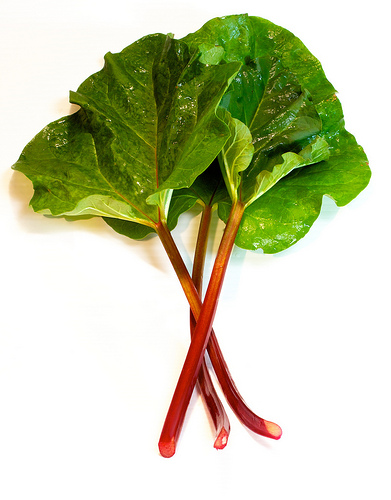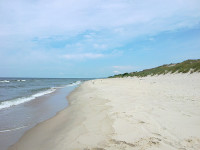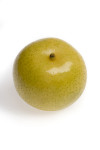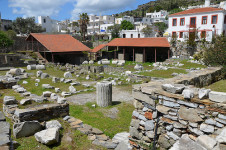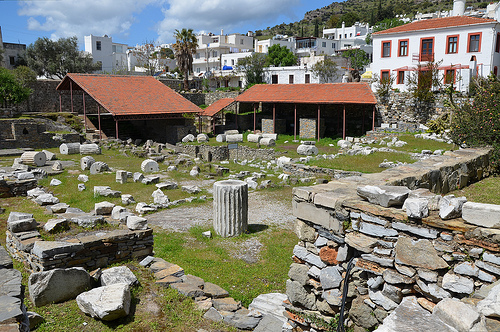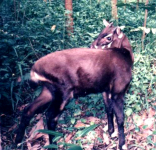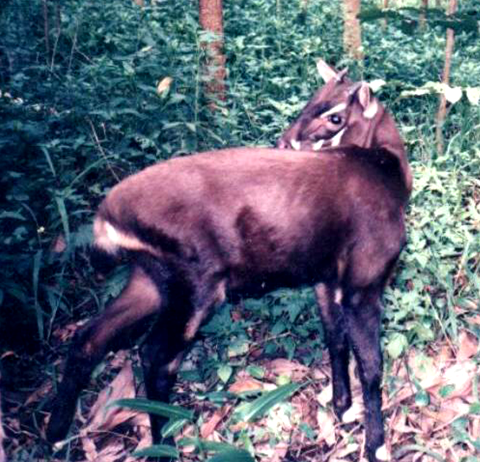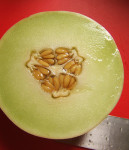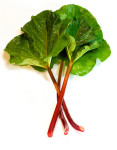
Try to hear past all the rhubarb.
- Rhubarb is an edible stalk-based vegetable that grows as a perennial, native to Siberia and other parts of central and eastern Asia.
- The scientific name of rhubarb is Rheum rhabarbarum and it is from the family Polygonaceae, the family of knotweed.
- Although normally considered a vegetable, rhubarb is sometimes known as a fruit, even leading to a court in the United State’s New York to declare the food a fruit in 1947.
- Rhubarb is grown both outdoors and indoors successfully, particularly in greenhouses where mild temperatures can be retained all year; and the produce varies in texture, taste and colour depending on where it was grown.
- The stalks of rhubarb are stereotypically coloured red and they have leaves that are green, although stalks may also be pink, or partially or fully green.
Rhubarb
Image courtesy of H. Michael Milley/Flickr
- Commonly rhubarb stalks are cooked by gently boiling them, and the vegetable is often made into sauces or other dishes, as well as added to desserts such as pies and tarts.
- The texture of rhubarb is quite crisp, and it has a very tart flavour, causing it to often have the addition of sugar to sweeten it.
- The leaves of a rhubarb plant are toxic due to chemicals they contain, like oxalic acid, which can negatively impact human health upon consumption.
- For thousands of years, rhubarb has been used medicinally, especially in China, and it has been used for digestive issues, as a laxative, and for numerous other health complaints.
- Rhubarb is very high in vitamin K, and is high in manganese, potassium, calcium, fibre and vitamin C.
Bibliography:
Rhubarb, 2011, Fresh For Kids, http://www.freshforkids.com.au/veg_pages/rhubarb/rhubarb.html
Rhubarb, 2015, Wikipedia, https://en.wikipedia.org/wiki/Rhubarb





